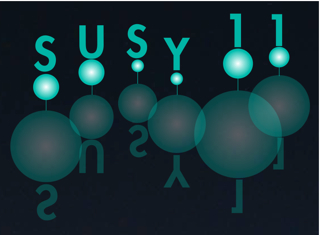Speaker
Michael Park
(Rutgers, The State University of New Jersey)
Description
In this project we revisit the canonical dual cascade decay signature typical of R-parity conserving supersymmetry models. The challenge presented with such decay topologies stems from the presence of a stable non-interacting particle at the end of each decay chain, resulting in an irrecoverable loss of kinematic information. We find that if the next-to-lightest-supersymmetric-particle (NLSP) is metastable with a measurable decay length, the resulting presence of displaced tracks can be used to reconstruct all kinematics completely on an event-by-event basis using minimal assumptions. We go on to explore several variations of this general topology and demonstrate the effectiveness of the kinematic reconstruction in each scenario. Because this technique is effective in the limit of very low statistics, it provides an extremely powerful tool for the discovery level measurement of superpartner masses.
